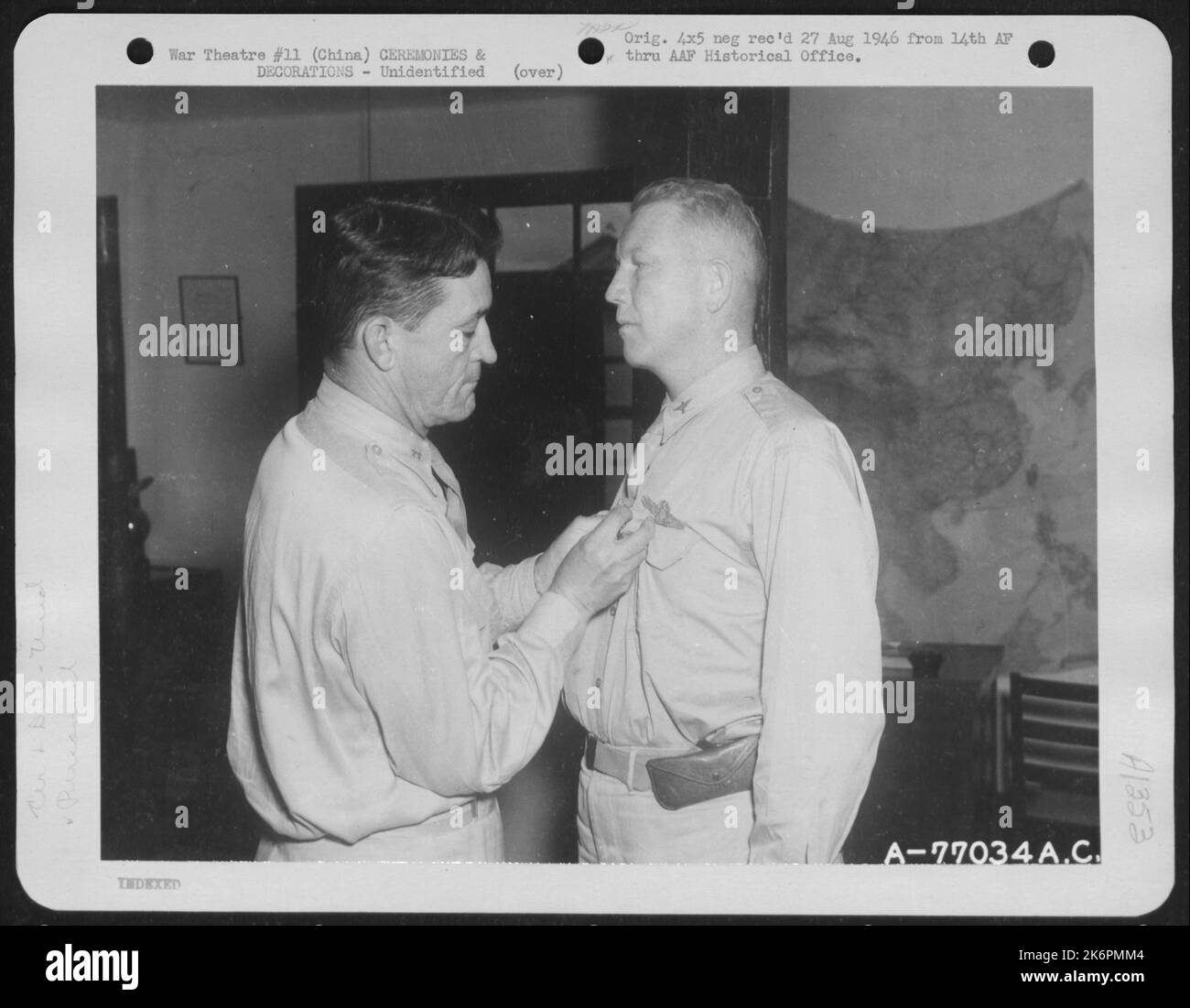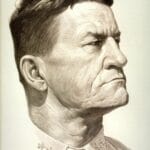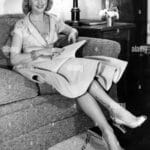Picture this: a squadron of shark-toothed P-40 Warhawk fighters, piloted by a ragtag group of American volunteers, taking on the might of the Japanese air force over the skies of China. This isn’t a scene from a Hollywood blockbuster; it’s the true story of the Flying Tigers, a legendary squadron led by the enigmatic and often controversial Claire Lee Chennault. Their tale is one of bravery, daring, and triumph against seemingly insurmountable odds, forever etched in the annals of aviation history.
Soaring Above Expectations: Chennault’s Early Career and Arrival in China
Claire Chennault, born in 1893, wasn’t destined for a life confined to the ordinary. Though his early years were modest, his fascination with aviation set him on a course that would reshape aerial combat. Chennault’s journey began with the US Army Air Service, where he quickly established himself as a staunch advocate for the burgeoning power of fighter aircraft. However, his forward-thinking ideas often clashed with the prevailing military doctrine of the time, which favored bomber aircraft.
Undeterred, Chennault tirelessly honed his skills as a pilot and strategist. He recognized the strategic potential of air power in a way that few others did, particularly the crucial role of pursuit aircraft – agile interceptors capable of dominating the skies. His vision led him to China in 1937, where he was contracted by the Nationalist government led by Chiang Kai-shek to assess and modernize their fledgling air force. Little did anyone know, this was just the beginning of Chennault’s remarkable journey in the Far East.
A Maverick’s Touch: Forging the Flying Tigers
As the world teetered on the brink of World War II, Japan’s expansionist ambitions became impossible to ignore. China, facing a formidable enemy with superior airpower, desperately needed experienced pilots. Seizing the opportunity to put his innovative tactics to the test, Chennault, with a tacit nod of approval from President Franklin D. Roosevelt, formed the 1st American Volunteer Group (AVG) in 1941 — a group that would soon be known to the world as the “Flying Tigers.”
These American volunteers, many drawn by a sense of adventure and a desire to fight for a just cause, found in Chennault a leader who inspired unwavering loyalty. He instilled in them a belief that they could overcome any obstacle, even when facing a numerically superior enemy with more advanced aircraft. Chennault’s secret weapon was his unique approach to aerial combat, one that emphasized pilot skill, aggressive maneuvers, and exploiting the strengths of their Curtiss P-40 Warhawks, even though they were considered outmatched by the Japanese Mitsubishi A6M Zero.
Against All Odds: The Flying Tigers Take Flight
The Flying Tigers, easily recognizable by their iconic shark-toothed nose art, quickly became a symbol of hope for the Chinese people and a thorn in the side of the Japanese war machine. Their daring exploits and astonishing success against seemingly insurmountable odds captivated the world’s attention. Despite being outnumbered and outgunned, the Flying Tigers utilized hit-and-run tactics, taking full advantage of their knowledge of the Chinese terrain and the P-40’s diving capabilities.
Chennault’s emphasis on teamwork, discipline, and maximizing the strengths of his pilots and aircraft proved to be a winning formula. They disrupted Japanese operations, safeguarded vital supply routes into China, and, most importantly, demonstrated that Japan’s air superiority could be challenged. Their victories were not just measured in the number of enemy aircraft destroyed, but also in the immeasurable boost to morale they gave to the Chinese people resisting Japanese aggression.
The Legacy of a Maverick: Triumphs and Controversies
Following the disbandment of the Flying Tigers in July 1942, many of its pilots transitioned into the US Army Air Forces, forming the core of the newly established Fourteenth Air Force. Chennault, promoted to Brigadier General, was given command of this new force, tasked with continuing the fight against the Japanese in the China Burma India Theater.
While Chennault’s wartime contributions were undoubtedly significant, his post-war activities cast a long and complex shadow over his legacy. He returned to China after the war, remaining deeply involved in the country’s tumultuous political landscape. His unwavering support for Chiang Kai-shek and the Nationalists during the Chinese Civil War, even as they faced defeat at the hands of the Communists, alienated some former allies and fueled accusations of misplaced loyalty.
Beyond the Battlefield: Chennault’s Enduring Impact
Despite the controversies that swirled around him, Claire Lee Chennault’s impact on military aviation is undeniable. His innovative tactics, once considered unorthodox, laid the groundwork for modern air combat doctrine, emphasizing speed, agility, and the importance of pilot skill in the jet age. His emphasis on teamwork and a deep understanding of both his aircraft and the enemy’s weaknesses continue to be studied in military academies around the world.
Chennault’s story is a testament to the power of innovation, determination, and the enduring bonds forged in the crucible of war. He dared to challenge the status quo, to push the boundaries of what was possible in the air, and in doing so, he left an indelible mark on history. The Flying Tigers, under his leadership, embodied the spirit of courage and resilience, reminding the world that even in the face of overwhelming odds, the human spirit, driven by a just cause, can prevail.
- Unlocking Francis Alexander Shields’ Finance Empire: A Comprehensive Biography - July 12, 2025
- Unveiling Francis Alexander Shields: A Business Legacy - July 12, 2025
- Francis Alexander Shields’ Business Career: A Comprehensive Overview - July 12, 2025















